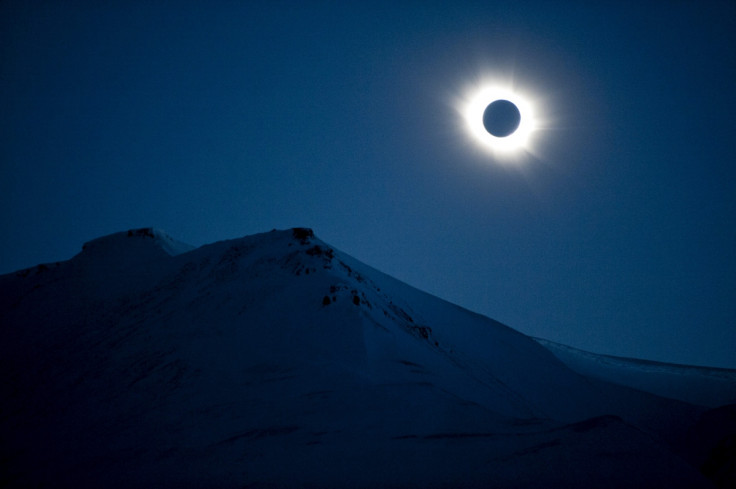Solar eclipse and asteroid fly-by: Nasa rubbishes doomsday rumours

Two major celestial events, a total solar eclipse accompanied by an asteroid fly-by between 8 and 9 March, have generated immense interest among star gazers. However, the rare cosmic encounters have attracted doomsday rumours from "conspiracy theorists".
While thousands of people will be eager to witness the astronomical events live or via live stream online, the extravaganza are a must-watch as this is the only total solar eclipse of 2016, more so as it is coinciding with a 100-foot-wide (30 metre) asteroid's – named TX68 – close rendezvous with Earth.
Nonetheless, the celestial occurrences have been marred by doomsday prophecies. "We could be in the middle of singing happy birthday and see some extraordinary things happening in the sun, moon and stars. [The asteroid] could whizz by and blow out my candles for me," claimed Puerto Rican-American Christian evangelist and pastor Anita Fuentes in a YouTube video..
"The end times are here. It could be the last hour, the last second. We have to pay attention to all this that we're seeing," her husband, Ignacio Fuentes, who is also a pastor added. Meanwhile, British Cosmo-biologist Peter Stockinger claimed that such astronomical incidences trigger weather related catastrophes and death of famous personalities.
"...designs the death of a famous and excellent man, destruction and waste near the sea towns, it imports an earthquake, some great church-men questioned, and he called to account for his knavery," Stockinger quoted 17th century astrologer William Lilly, while predicting what will follow the solar eclipse.
Truth about the asteroid fly-by and solar eclipse:
The Moon will pass before the Sun and cover it completely – blocking its lights from reaching Earth – which will be visible on early Wednesday (March 9) in Indonesia. It will also be visible in parts of the North Pacific Ocean. Alaska, Hawaii, Guam and American Samoa will be able to view partial eclipse.
The asteroid, on the other hand, which was expected to pass by Earth on 5 March, will now "safely" zoom by around three million miles from earth. "There is still a chance that it could pass closer, but certainly no closer than 15,000 miles (24,000 kilometers) above Earth's surface," US space agency Nasa said in a statement.
The US space agency, however, refuted all doomsday rumours suggesting that the asteroid will collide with Earth. "There is no concern whatsoever regarding this asteroid – unless you were interested in seeing it with a telescope. Prospects for observing this asteroid, which were not very good to begin with, are now even worse because the asteroid is likely to be farther away, and therefore dimmer than previously believed," CNEOS manager Paul Chodas said. Nasa is live streaming the webcast of the solar eclipse at 8pm EST (1am GMT on 9 March) on Nasa TV.
© Copyright IBTimes 2025. All rights reserved.




















